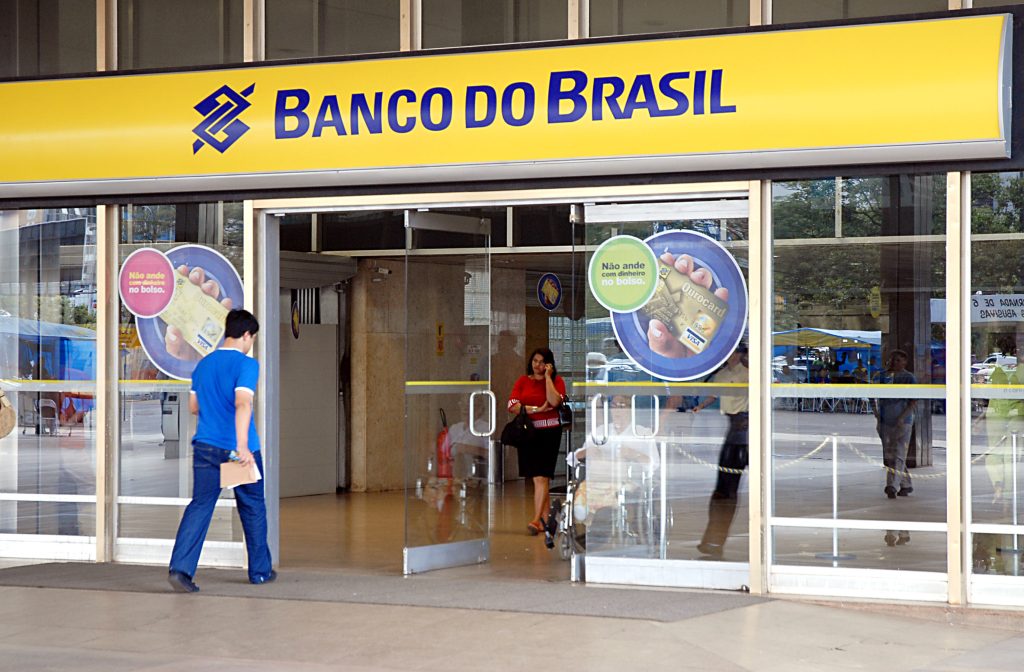The banking industry in Brazil is a major contributor to the country's economy, providing financial services and products to various sectors. This article presents the 10 biggest banks in Brazil based on their total assets.
Table of Contents
1. Banco do Brasil
Banco do Brasil – Banco do Brasil is the largest bank in Brazil, with total assets of over BRL 1.5 trillion (around $280 billion). It was founded in 1808 and is headquartered in Brasília. Banco do Brasil offers a wide range of banking and financial products and services, including savings and current accounts, loans, credit cards, and investment options.

2. Itaú Unibanco
Itaú Unibanco – Itaú Unibanco is the second-largest bank in Brazil, with total assets of BRL 1.4 trillion (around $260 billion). It was founded in 2008 through the merger of Banco Itaú and Unibanco and is headquartered in São Paulo. The bank offers a range of banking products and services, including savings and current accounts, loans, credit cards, and investment options.
3. Bradesco
Bradesco – Bradesco is the third-largest bank in Brazil, with total assets of BRL 1.2 trillion (around $220 billion). It was founded in 1943 and is headquartered in Osasco. The bank offers a range of banking products and services, including savings and current accounts, loans, credit cards, and investment options.

4. Caixa Econômica Federal
Caixa Econômica Federal – Caixa Econômica Federal is the fourth-largest bank in Brazil, with total assets of BRL 1.1 trillion (around $200 billion). It was founded in 1861 and is headquartered in Brasília. Caixa Econômica Federal offers a range of banking products and services, including savings and current accounts, loans, credit cards, and investment options.
5. Santander Brasil
Santander Brasil – Santander Brasil is the fifth-largest bank in Brazil, with total assets of BRL 834 billion (around $153 billion). It was founded in 1995 and is headquartered in São Paulo. The bank offers a range of banking products and services, including savings and current accounts, loans, credit cards, and investment options.
6. Banco do Nordeste do Brasil
Banco do Nordeste do Brasil is the sixth-largest bank in Brazil, with total assets of BRL 578 billion (around $106 billion). It was founded in 1952 and is headquartered in Fortaleza. The bank offers a range of banking products and services, including savings and current accounts, loans, credit cards, and investment options.
7. Banco Inter
Banco Inter is the seventh-largest bank in Brazil, with total assets of BRL 449 billion (around $82 billion). It was founded in 1994 and is headquartered in São Paulo. Banco Inter offers a range of banking products and services, including savings and current accounts, loans, credit cards, and investment options.
8. Banco ABC Brasil
Banco ABC Brasil is the eighth-largest bank in Brazil, with total assets of BRL 379 billion (around $69 billion). It was founded in 1997 and is headquartered in São Paulo. The bank offers a range of banking products and services, including savings and current accounts, loans, credit cards, and investment options.
9. Banco Votorantim
Banco Votorantim is the ninth-largest bank in Brazil, with total assets of BRL 351 billion (around $64 billion). It was founded in 1997 and is headquartered in São Paulo. Banco Votorantim offers a range of banking products and services, including savings and current accounts, loans, credit cards, and investment options.

10. Banco do Estado do Espírito Santo
Banco do Estado do Espírito Santo is the tenth-largest bank in Brazil, with total assets of BRL 278 billion (around $51 billion). It was founded in 1911 and is headquartered in Vitória. The bank offers a range of banking products and services, including savings and current accounts, loans, credit cards, and investment options.
Conclusion: Banks in Brazil are crucial for its economy
The top 10 banks in Brazil are crucial to the nation's economy and offer a range of financial products and services to individuals, businesses, and the government. From the largest bank, Banco do Brasil, to the tenth-largest, Banco do Estado do Espírito Santo, these banks offer options for saving, borrowing, and investing.

